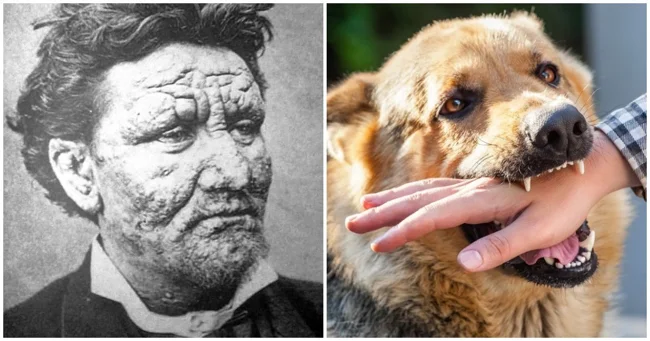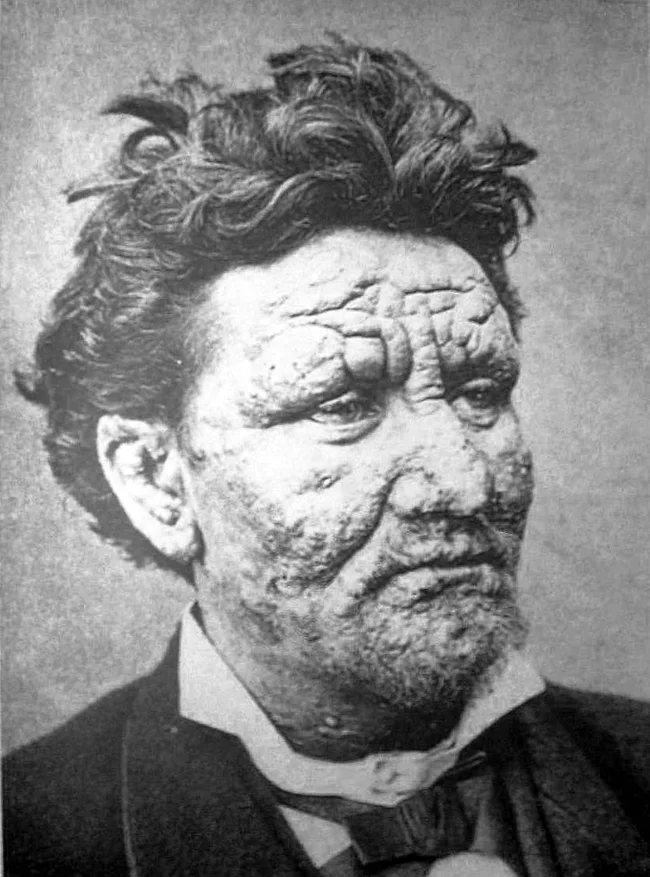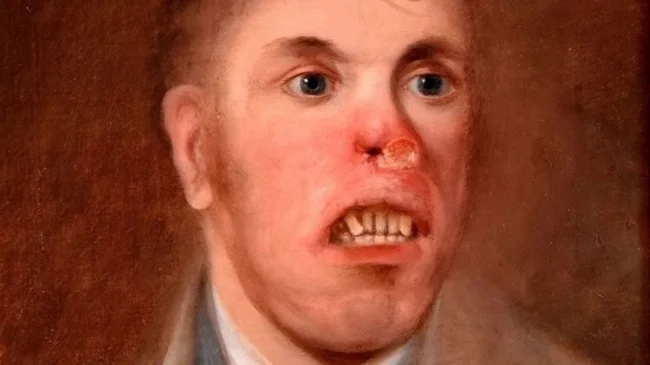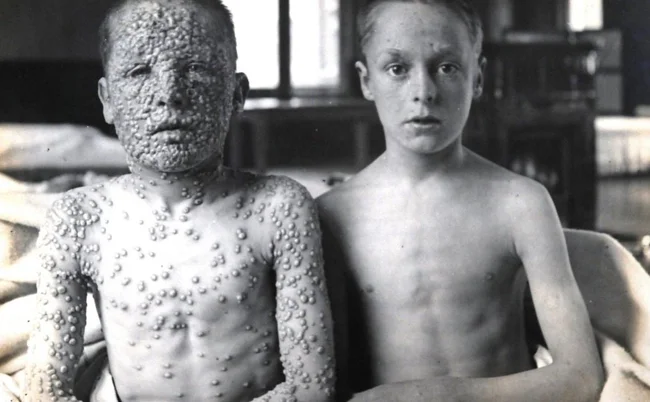You would definitely have died from these diseases 100 years ago (6 photos)
Today, there are still fatal diseases in the world, which doctors and scientists fight every day. However, the situation is much better than it was before... 
Today it is already possible to identify almost any disease, whereas 200 years ago a person died “of epilepsy,” “spoilage,” or simply “walked, walked, and died.” And at the end of the 19th and beginning of the 20th century, despite the already fairly developed medicine, there were still diseases from which it is almost impossible to die today.
Leprosy 
It was caused by certain types of bacteria. It was transmitted through secretions from the nose and mouth, and through close contact. The disease usually progressed slowly, over several years, so that the person could fully observe his transformation into a monster.
Leprosy affected the joints, skin, and lymph nodes, which led to growths and deformities of the face and limbs. Until the mid-19th century, patients were housed in a leper colony - a special quarantine place.
In the Middle Ages, sick people were obliged to notify about their appearance - for this purpose they had a special bell attached to their clothes.
Measles 
This is a viral disease that is transmitted by airborne droplets. Children fell ill with it more often and faster, but they also tolerated it much easier than adults. There were even so-called “measles parties”, when those who were not yet sick were brought to a sick child, so as not to catch this dangerous disease in adulthood. Measles affects the respiratory system and nervous system and is very often accompanied by pneumonia and encephalitis.
The vaccine was synthesized almost simultaneously in both the USSR and the USA, in the 60s of the 20th century. Children are vaccinated against measles up to one year of age, and then revaccinated at 6 years of age.
Almost 100% of those vaccinated receive immunity, and those who are still unlucky (isolated cases) have a much milder course of the disease.
Lack of vaccination in case of infection can lead to serious consequences and even death.
Syphilis 
The famous "French", as it was called, is transmitted mainly through sexual contact. The disease was caused by a bacterium with the romantic name “treponema pallidum”. Syphilis could quietly devour a person from the inside for years: it affected bone tissue and very often the patient’s nasal septum rotted and collapsed. Then syphilis affected the nervous system and the person died. In the 15th century alone, the “French woman” killed up to 5 million people.
Glory to penicillin and Alexander Fleming, who discovered it in 1928. Many bacterial diseases were treated with penicillin - diphtheria, tonsillitis, scarlet fever, sepsis. Over the years, some bacteria became resistant to antibiotics of the penicillin group, but Treponema pallidum could not cope with them.
Smallpox 
A virus that is transmitted by airborne droplets. In the Middle Ages, more than one and a half million people died every year from smallpox alone. And when the colonization of America and the war for its territory between the French and British took place, smallpox was generally used as a biological weapon. The Indians were given contaminated blankets as “gifts” and they died. Smallpox is characterized by many ulcerative abscesses throughout the body, and if a person managed to survive, then the “pockmarks” remained with them for life. Often these survivors were blind - this was one of the complications.
Already in the 18th century, there were the first attempts to introduce a weak smallpox virus into the body in order to develop immunity in people. Mass vaccination began to be practiced already in the 19th century, and in the 20th century, thanks to the vaccine, smallpox was destroyed.
Rabies 
Remember those horror stories from Soviet childhood about 40 injections in the stomach if a rabid dog bites? In fact, rabies is a terrible disease, the death from which is painful. The virus enters the blood along with saliva and affects the nervous system and brain. The patient experiences convulsions, spasms, hallucinations and profuse salivation. In the Middle Ages, this was perceived as demonic possession and the patient died 10-12 days after infection.
The vaccine that was invented in 1881 by the Frenchman Louis Pasteur helped.
Today, vaccination takes place in six stages and not in the stomach, but in the shoulder or buttocks.


